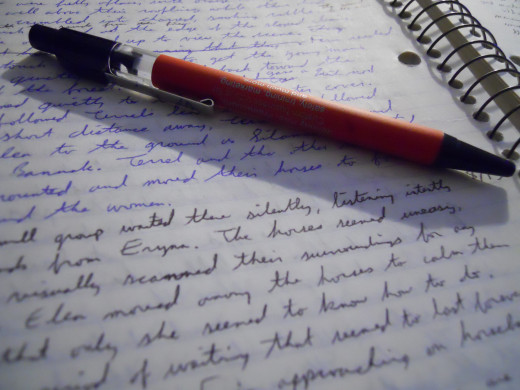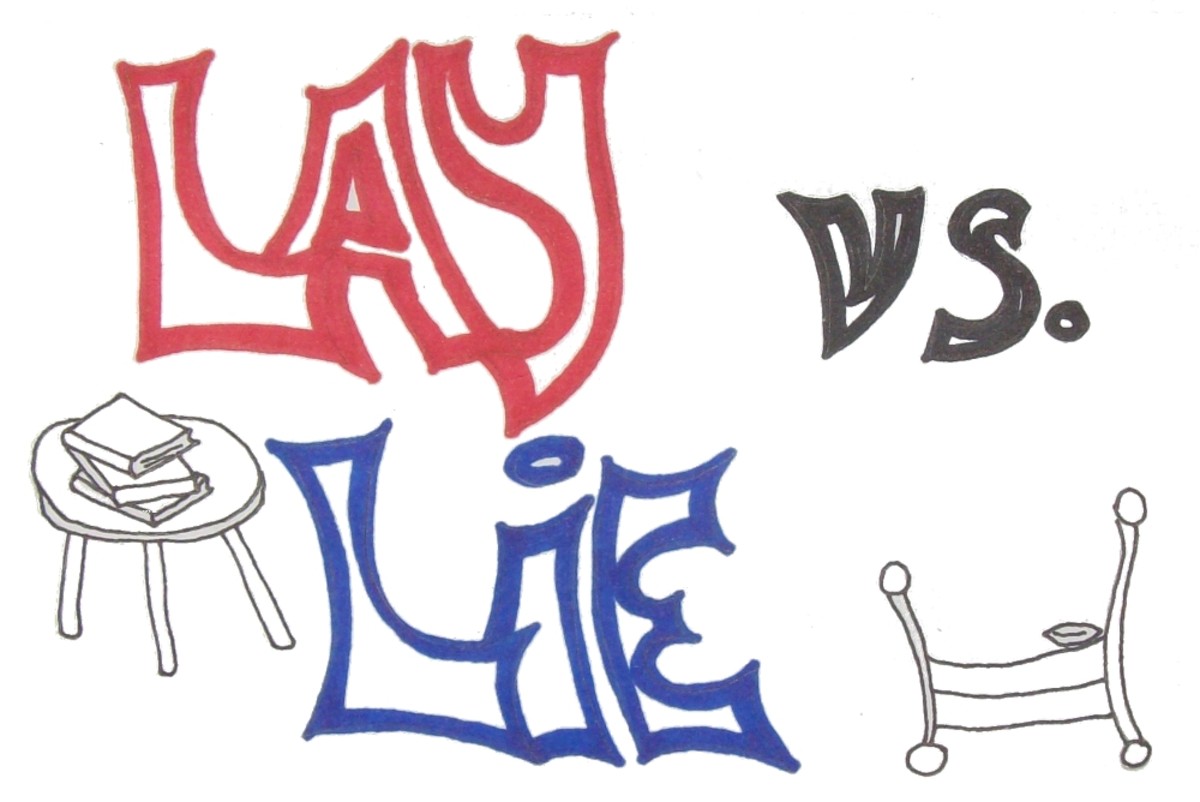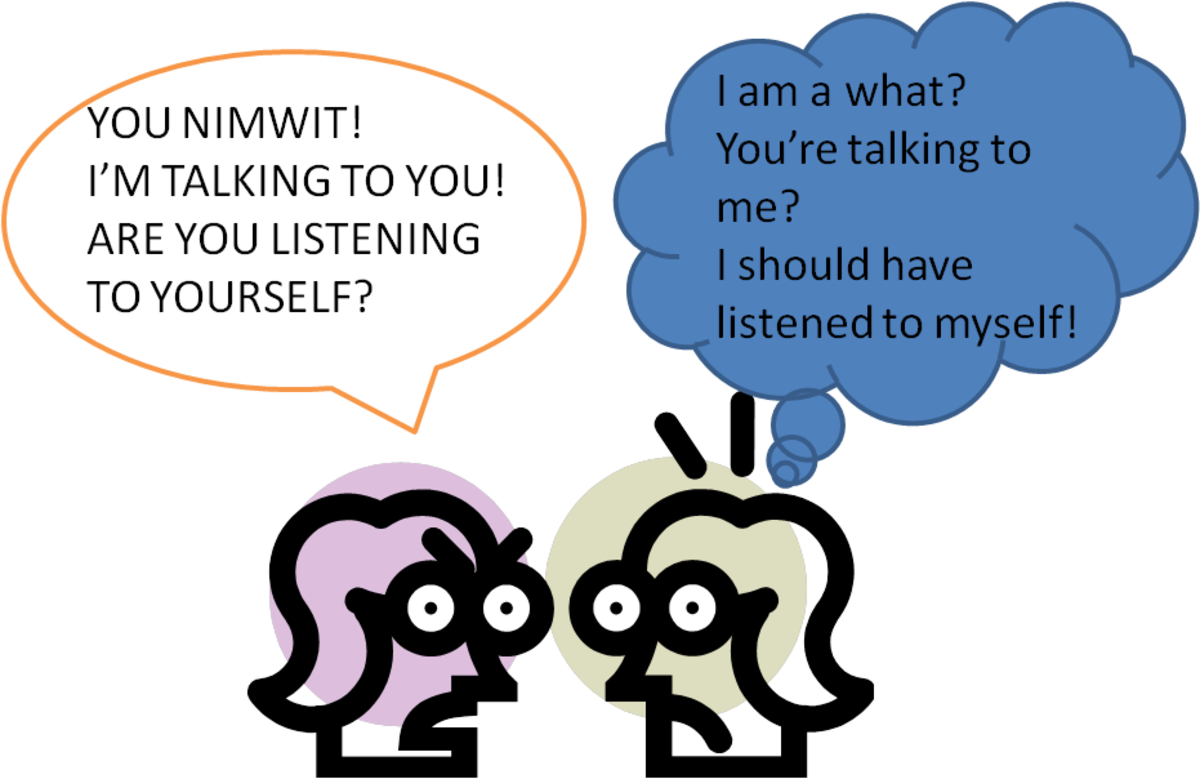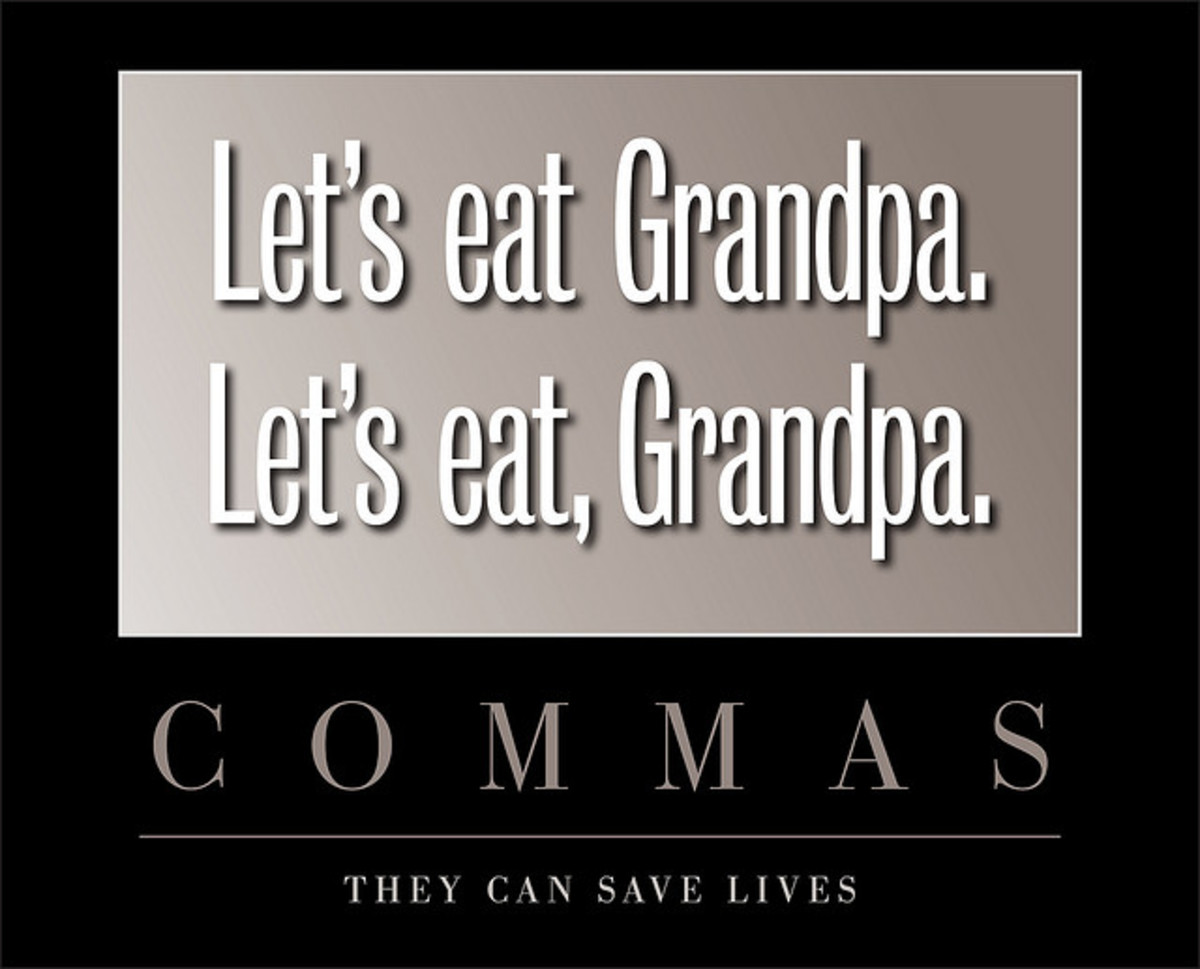- HubPages»
- Books, Literature, and Writing»
- Commercial & Creative Writing»
- Word Usage & Grammar
Three Common Grammar Errors and How to Remember Them

Poor Grammar is Noticed
Correct grammar usage is important. There's no getting around it. People do notice when the English language is used incorrectly. Brushing up on your grammar will help you in your job, your online communications, your writing and your reading. As stated in the handy grammar help book The Blue Book of Grammar and Punctuation by Jane Straus, Lester Kaufman & Tom Stern, "The point of grammar proficiency is to be clear and direct, and to avoid misunderstanding."
In addition, improper grammar can not only make your writing difficult to understand, but it is annoying and it tends to reflect poorly on you as a writer. It is worth a little time and effort to improve your usage and it's not as hard as you think!
There are lots and lots of common grammar mistakes that are frustrating to come across. Here are three of the more common ones and some tips on how you can remember how to use the correct form.
A Quick Review of Too and To!
Grammar Mistake #1 "Too" and "To"
Now bear with me on this one. It's easy once you understand it.
"To" is a used as part of the infinitive of a verb.
Example: I like to walk in the woods. (walk is the verb)
It is also a preposition that you use when you're talking about direction.
Example: Marty went to the store.
...and when indicating the person or object that is being affected by something
Example: The boy was cruel to her.
Okay, don't worry if all that is confusing... it gets easier!
"Too" is used in place of the word "also".
Example: I like that movie too. (you could say "I like that movie also" instead)
...and to indicate amount or degree.
Examples: I took too much ice cream.
I think it was too sweet.

When you're writing along and you come to a "to".... think about this:
- If your "too" could be replaced by the word "also" then it has an extra "o".
You can remember this by thinking "this too also has an extra o"!
- If your "too" indicates amount or degree, it has an extra "o".
You can remember that by thinking "there are too many o's in too"!
If it is neither of the two examples above, then it's just "to".
Review of "Your" and "You're"
Grammar Mistake #2: "Your" and "You're"
This one is a bit simpler.
"Your" is used to show possession.
Example: That job is your responsibility. (the responsibility belongs to you)
"You're" is a contraction of the words "you" and "are". The apostrophe indicates that a letter has been left out of "you are".
Example: You're going to get wet in the rain. (You could have said "You are going to get wet in the rain".)

Think about the word. Try replacing the "you're" that is in the sentence with "you are". If it makes sense, then it's "you're". (remember, that apostrophe is in place of the "a" in "you are"!)
If it doesn't make sense, then it's "your", indicating belonging.
Review of Plural "s" and Possessive "s"
Grammar Mistake #3: Plural "s" and Possessive "s"
There are many instances where the apostrophe is used in English. Here I want to focus on the common mistakes that people make when they use an apostrophe when writing a plural word, and leave it out when indicating possession.
An apostrophe before an "s" at the end of a word indicates possession.
Example: Susan's dog is a lab. (meaning the dog belonging to Susan is a lab)
No apostrophe is used, however, when you are simply making the plural of a word; that is, you're talking about more than one of something.
Example: The clowns were the hit of the circus. (or more than one clown were the hit of the circus)
(Note: Occasionally an apostrophe is used with an "s" when it is not possessive, but would otherwise not be understood, such as in "There are too many o's in too")

There is no cute trick for this one. Just think to yourself "am I saying something belongs to someone?" If the answer is yes, use 's. If not, then don't use the apostrophe, simply add the letter "s" to the end of the word which makes it plural.
Few people have perfect grammar and most of us make grammatical errors from time to time. If you can't remember these and other points of grammar that you struggle with, there are many sites that offer such tricks and tips as I have outlined for almost any point of grammar you can think of. Some even have practice exercises and self-tests that you can take. If you doubt your usage in any circumstance, check one of these sites and make sure you use proper grammar. With a little extra effort, you can write like a pro and make a good impression via your written word.
Check out the sites below, pick one to bookmark, and visit it whenever you need clarification of a grammar point. You'll be doing yourself and your readers a big favor.
Try These Resources
© 2014 Katharine L Sparrow








